

How much market share does Linux have? According to these operating system usage stats, you’ll see that Linux crossed the 5% mark some time in late 2010 — and has been stuck there for about five years, only spiking to 5.9% once in June 2015 before settling back down.
This is not a good sign. Linux has undeniably improved over recent years, so why has it failed to grow? The inability to grab at least 1% in five years is troubling at best, and perhaps points to the fact that there are some serious underlying issues that need to be addressed.
Are these problems inherent to Linux’s design? Or can they be overcome with proper direction and collaboration? It’s hard to say, but let’s take a look and see what could go right.
Note: This article is in the context of desktops only. Linux is actually very popular in other areas like servers, mobile devices, home theaters, and even education!
One of the selling points of Linux — and the open source software movement as a whole — is that it doesn’t stagnate. If there’s something wrong with the kernel, an application, or a software package, anyone can contribute a fix or addition.
This is open source software at its best, right? Well, in some ways, yes, but not exactly. In truth, it’s a double-edged sword — despite the benefits of rapidly evolving software, it comes with a huge drawback.
On the one hand, if you use a closed source application like Photoshop or Unity 3D, you’re at the mercy of the developers. If there’s a bug that impedes your workflow, you have no choice but to wait and hope that they fix it quickly. With an open source application, you could potentially fix it yourself.
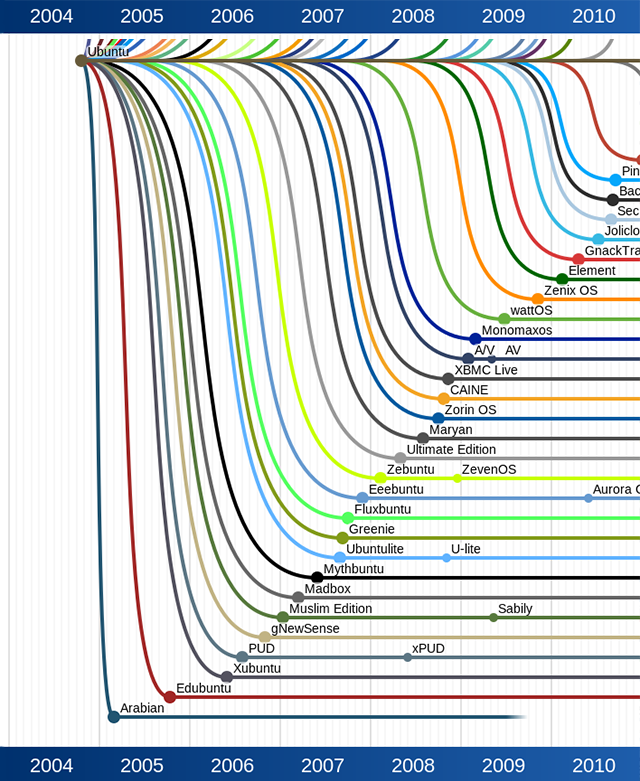
But here’s the problem with rapidly evolving software: unless you’re plugged into the community, it’s impossible to keep up with all of the changes.
For example, look at the biggest name in desktop Linux: Ubuntu. They release a new version every six months where each version is named after the year and month of release (e.g. 14.10, 15.04, 15.10, etc). Contrast that with Windows (every 3-5 years) and OS X (every 1-2 years).
And Ubuntu is only one of many. Dozens of new Linux distros are released every year, and all of these distros are updated at different rates. There’s always something new and different around the corner, and the landscape is never the same.
This is great for power users, but overwhelming for casual users. It’s one thing to stagnate, but Linux is on the opposite end of the spectrum — an operating system that changes so frequently that users are unable to settle in and get comfortable.
Despite the many big myths about open source software that simply aren’t true, there are several criticisms that hold a lot of water, and many of them apply to Linux. But the one that needs most attention right now is the tendency of Linux to drift toward fragmentation.
Here’s the thing: just because a project is open source doesn’t mean that there are people who contribute to said project, and even when people do contribute, those contributions often lead to disagreements that arise over what to change, how to change them, and so on.
Most of the time, these disagreements are resolved and everything stays on track, but sometimes there are conflicts rooted in deeper issues like vision and direction. When that happens, resolutions are few and far between, and this happens more frequently than you think, which is why so many open source projects are forked.
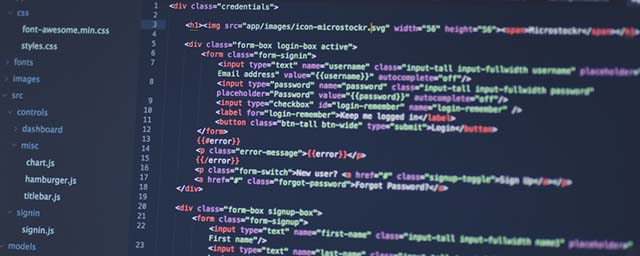
For those who don’t know, forking a project is basically the same thing as cloning a project. The original project continues in the same direction it was going while the forked (or cloned) project takes off in a new direction with new developers. Forking is useful in a lot of ways, but it’s key reason why Linux is so fragmented.
Again, let’s consider Ubuntu, which has a number of official derivatives and variants like Kubuntu, Lubuntu, Ubuntu MATE, and more. And then there are actual forks like Linux Mint, Zorin OS, elementary OS, and Deepin Linux. At this point, there are dozens of Ubuntu-based distros to explore.
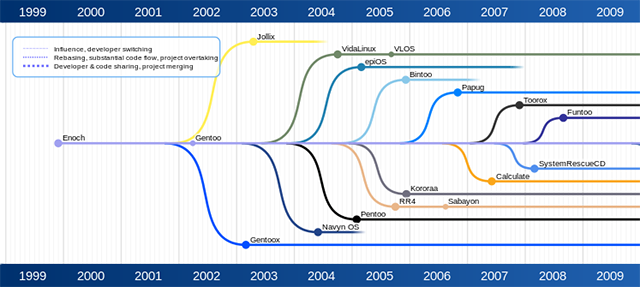
What about all of the distros unrelated to Ubuntu? You’ve got the well-known names like Debian, Fedora, OpenSUSE, Arch Linux, Puppy Linux, and a few Unix-like operating systems that aren’t even Linux — and that’s not even mentioning the hundreds of lesser-known distros out there.
Linux’s biggest obstacle is the paradox of choice. The Linux community boasts of choices, options, and flexibility, but mainstream folks don’t have the time or patience for that. If you present too many choices, people will just walk away — as evidenced by the entirety of Linux’s history.
This is just one of many reasons why people say Linux has a steep learning curve. When you have to do hours of research just to pick the operating system you want to use, that should be a serious red flag.
I’ve been an on-and-off dual-boot Linux user for several years, and while there have been periods when I’ve gone using nothing but Linux for weeks at a time, I can’t really say that Linux has ever been my “main” operating system.
Why? Because Linux is high maintenance.
I don’t mean that in the sense that Linux is prone to malware and other threats and I’m constantly having to watch over it in case something goes awry. Obviously that’s not the case as most distros are relatively stable, but when it comes to application setup and stability, it’s a completely different story.
For some reason, things tend to break on Linux — not necessarily in catastrophic ways, but certainly in ways that are inconvenient and frustrating.
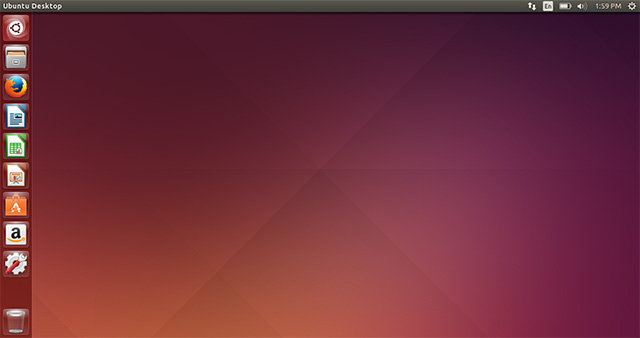
Just a few weeks ago, I installed Gnome on Ubuntu through apt-get so I could compare desktop environments. The procedure was as standard as could be — I did nothing out of the ordinary — yet somehow it ended up breaking my desktop. The result? Neither Unity nor Gnome worked properly, so I went back to Windows to cool off…
…and haven’t been back to Linux since. I know I could spend a few hours on Google, digging through outdated questions and answers (because Linux evolves too quickly), hoping to fix the problem, but I have more important things to do.
Now think about the average computer user and how much trouble they have with computers. I consider myself to be tech-savyy, but Linux still frustrates me. I can’t imagine how annoying it must be for a mainstream user who has less experience. Is it any wonder why people gravitate to OS X?
I guess it comes down to this: Linux still requires too much technical knowledge. If everything worked perfectly 100% of the time, then Linux would be amazing — but it would be disingenuous to say that that’s true of Linux right now. It simply isn’t.
To be honest, all of the above issues wouldn’t be so bad if Linux had proper guidance for newbie users. We try our best to provide some level of help, such as these golden rules for Linux newbies, but the fact that we need to offer that kind of basic help says a lot about the ecosystem as a whole.
For example, when someone does decide to try Linux, they usually have a lot of questions: How do I install stuff? Where are my programs located? What about programs that aren’t in the Software Center? How do I make sense of the file system? Do I really need to learn how to use the command line?
The good news is that there are several helpful Linux communities out there. The bad news is that these communities alone aren’t enough. There needs to be some kind of central documentation that tracks and explains the entire Linux landscape — something that users can refer to without having to ask questions and wait for answers.
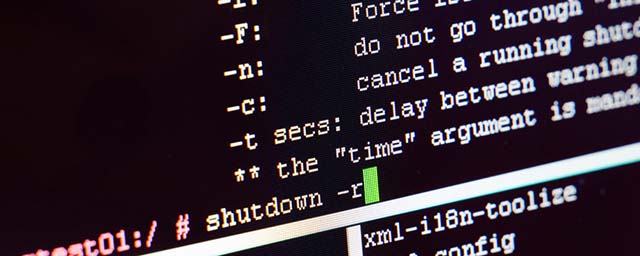
I’m not saying that Linux has no documentation, but I am saying that whatever documentation exists is far from user-friendly. For example, the man pages are quite thorough and comprehensive, but they’re overwhelming for anyone who’s new and unfamiliar to the command line.
Which brings up a separate but relevant point: Linux relies too much on the command line. Admittedly, it has gotten better over the years, and there are more GUI-based tools now than before, but the command line is still too prominent for things like troubleshooting.
But mostly, the community gives off the impression that Linux is only for power users. Veterans cling too tightly to traditions and roots, which alienates new users who don’t care for any of that. There’s a rift between “old Linux” and “new Linux”, and the former must go away if Linux is to really become mainstream.
One of the biggest and most common complaints against Linux is the quality of applications that are available on the consumer side. Notice I said quality of applications rather than availability of applications.
People like to say that Linux can’t do what Windows and Mac can do, but that’s just a big lie. If you take the time to find the right programs and learn how to use them, you can do a lot of the same stuff. Indeed, we’ve shown again and again that there are many free alternatives to paid programs that run on Linux.
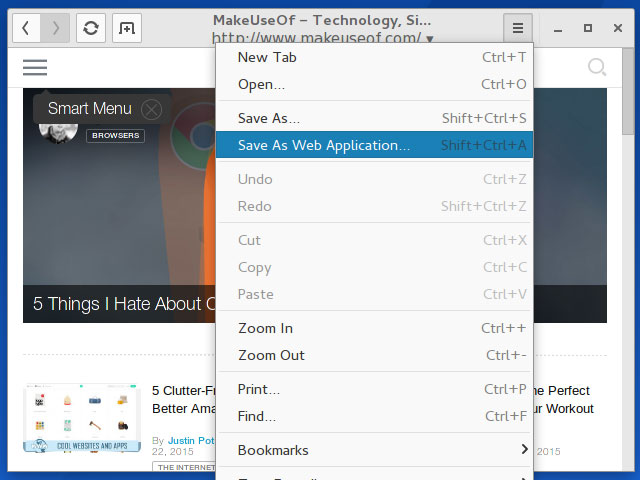
So for the most part software availability isn’t an issue, but there are two cases where it is: 1) proprietary in-house applications that are only available on Windows or Mac, and 2) videos games that simply aren’t available on Linux. Linux is on its way towards becoming a serious gaming platform, but it’ll take another few years at least.
The real complaint is that these free alternatives just can’t live up to paid solutions. For example, GIMP can do many of the same things as Photoshop, but the overall user experience is far better in Photoshop than GIMP. Aside from a few rare exceptions (e.g. VLC, Blender, LibreOffice), this is a common trend in Linux applications.
What many Linux shills forget is that user experience is just as important, if not more important, than functionality. The unfortunate truth is that if you want professional and polished software on Linux, you’ll be looking for a long time. As far as software quality goes, Linux is lagging far behind.
I’m sure there are many marks against Linux that I haven’t covered, but in my experience, these are the main gripes that keep coming up again and again. Of course there’s a lot to like about Linux, but until these core issues are resolved, it will never be mainstream.
Now, you tell us: do you think these gripes are warranted? If you aren’t using Linux, why not? Post a comment below and share your thoughts!
Image Credits: Ubuntu Family Tree via Wikipedia, Gentoo Family Tree via Wikipedia, Open Source Code by photovibes via Shutterstock, Terminal by Anton Khegay via Shutterstock




 Medal of Honor Warfighter Guide
Medal of Honor Warfighter Guide Destiny: The Taken King Guide - Where to find Taken Champions in The Taken War: Earth
Destiny: The Taken King Guide - Where to find Taken Champions in The Taken War: Earth Halo 5: Guardians Covenant, Forerunners And UNSC Weapons Guide
Halo 5: Guardians Covenant, Forerunners And UNSC Weapons Guide Top 10 Ninja Gaiden 3 Fails | Glitches
Top 10 Ninja Gaiden 3 Fails | Glitches How to Fix Far Cry 4 Graphics Issues, DirectX Errors, Sound Issues, DLL error, Black Screen / Shadow Issue and more
How to Fix Far Cry 4 Graphics Issues, DirectX Errors, Sound Issues, DLL error, Black Screen / Shadow Issue and more